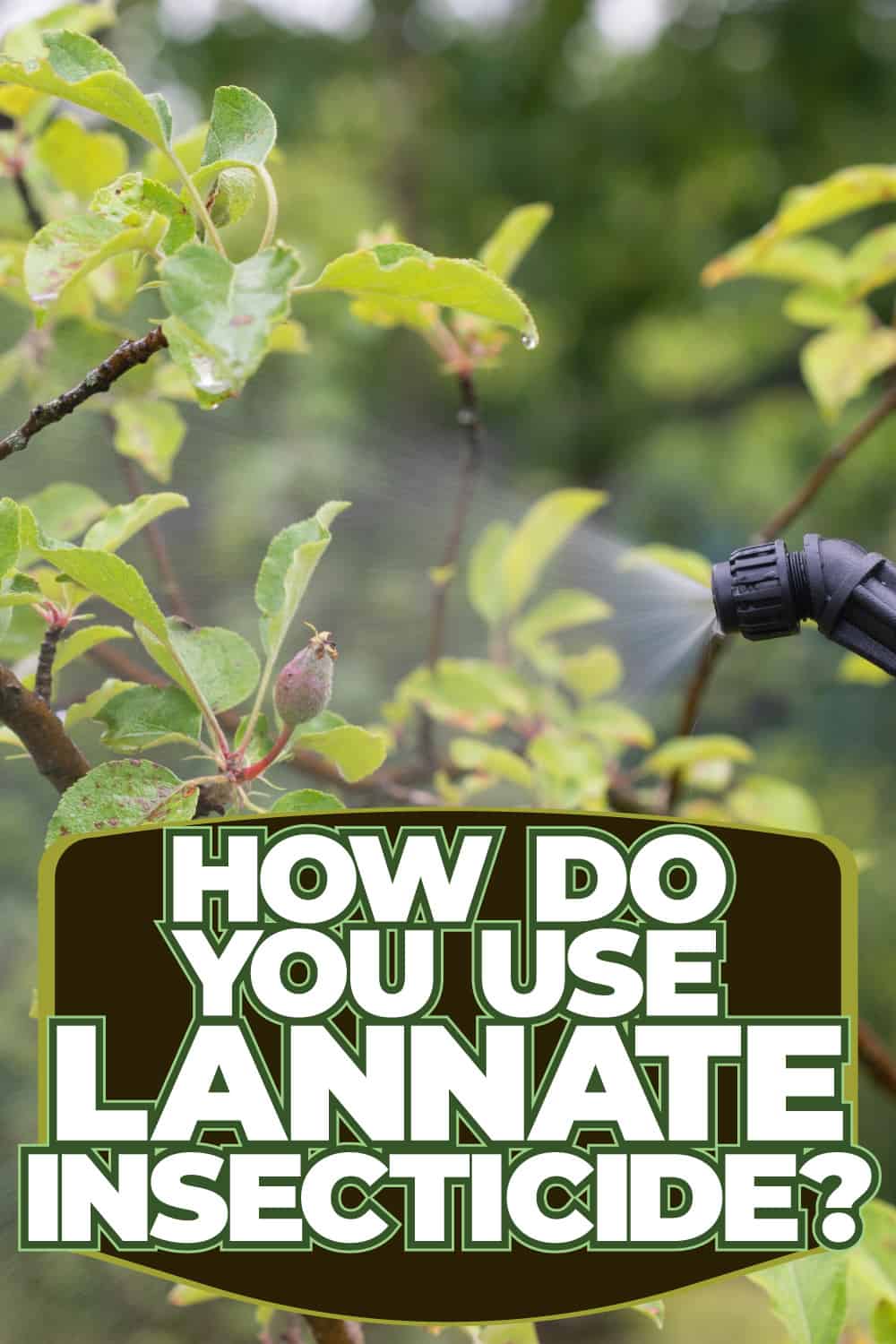If you're thinking of using Lannate insecticide on your farm to fight off and prevent infestation, you're probably wondering about how to use it and prepare the mixture. Lucky for you, we're here to help. We did extensive research on this product and are happy to share the information with you.
Lannate insecticide can only be used in commercial farm applications. Here's how you prepare the mixture:
- Pour water into the spray tank until it's 1/4 or half full.
- Pour the recommended amount of Lannate directly into the tank as directed in the product label.
- Mix and wait for the powder to dissolve.
- Add more water until the tank is full.
- Spray directly on plants using mechanical or hydraulic means.
- Rinse the spray tank thoroughly after use.
Lannate is an effective pesticide but a dangerous chemical that needs proper handling. If you'd like to learn more, read on below and we'll share further information on its applications, safety, restrictions, and proper storage.
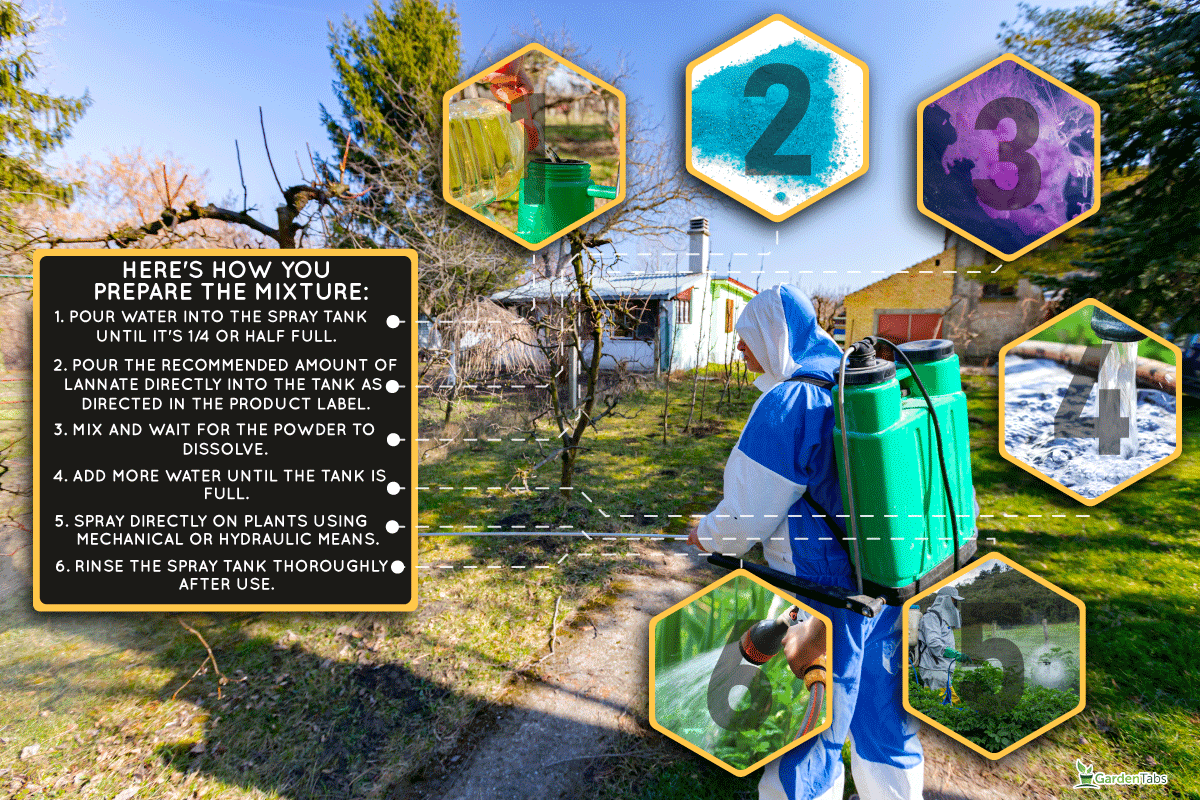
What Is Lannate Pesticide?
Lannate insecticide is a broad-spectrum and fast-acting pesticide used for the control of pests in their various stages (eggs, larvae, nymphs, and adults). It is used for the management of destructive agricultural pests, including various species of aphids, bugs, armyworms, caterpillars, cutworms, loopers, beetles, maggots, fruit worms, leafhoppers, and many others.
For easier management, insecticides are assigned to a group category based on their mode of action. Lannate is under the category group 1A or carbamate chemicals. This category is usually printed in pesticide packaging so knowledgeable buyers will have an idea of how the pesticide works and its composition.
Group 1A means that it has a very quick knock-down action, attacking the pest's nervous system and putting them down within minutes of application. It is ingested by aphids, nematodes, and other insects and acts in a wide range of growth stages, including eggs and larvae.
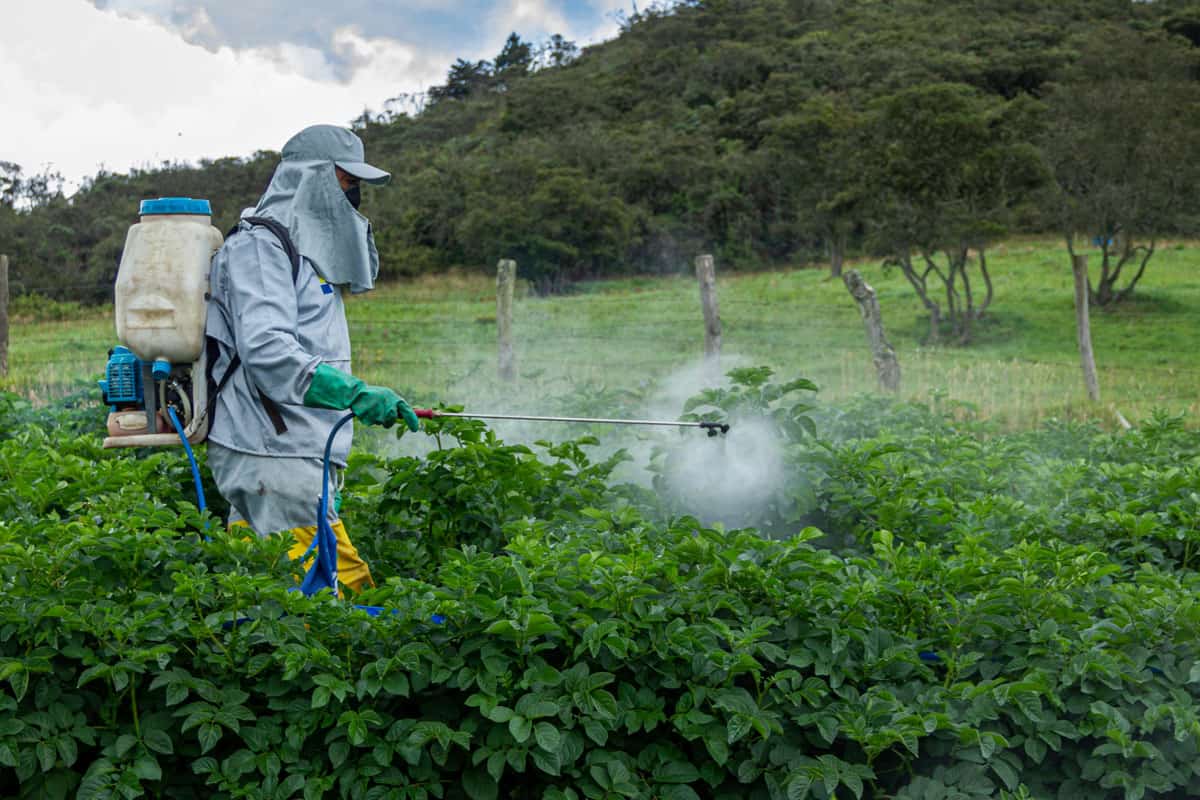
How Do You Use Lannate?
Lannate should only be used in commercial farm applications because of its high toxicity levels. It is placed inside spray tanks and applied directly to the plants.
It is effective in managing top and bottom feeding pests in various plants and crops, including asparagus, avocado, beets, blueberries, cabbage, celery, corn, cotton, peanuts, oranges, onions, peaches, and various types of beans.
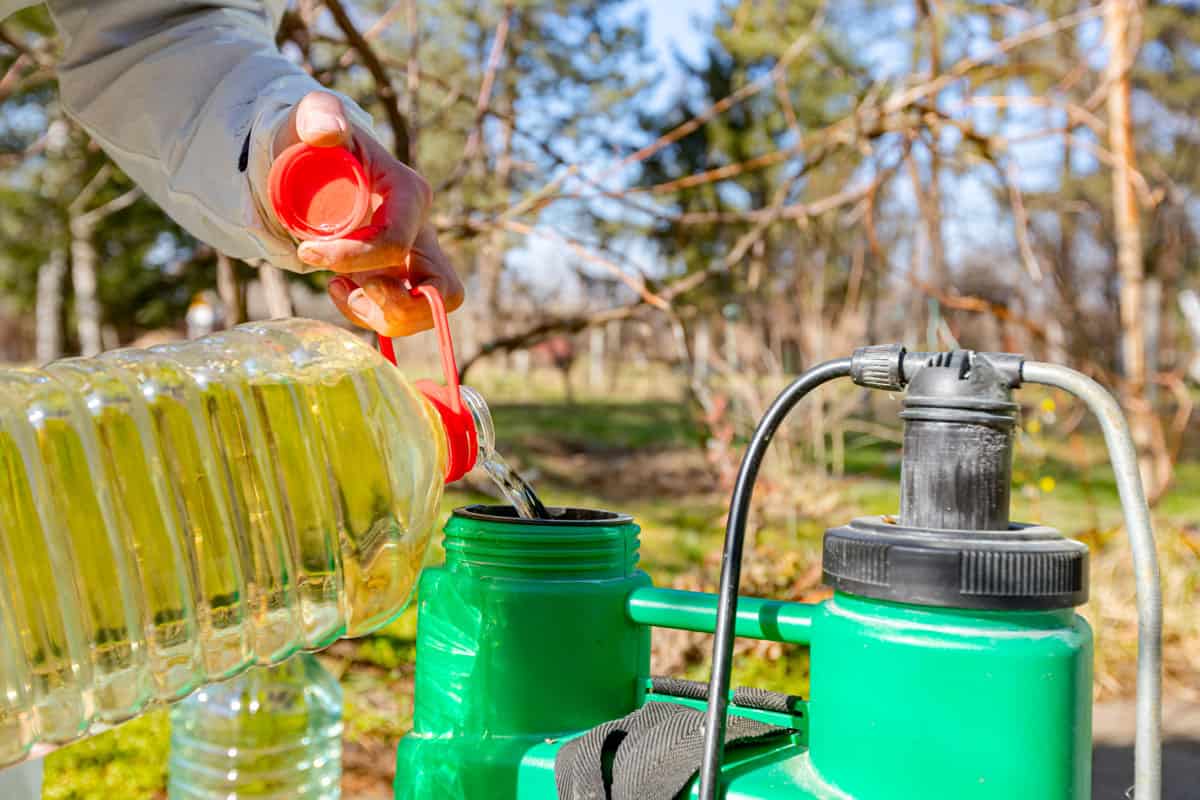
Lannate products come in two forms: powder and liquid. Here's how you prepare them for spraying:
- Pour water into the spray tank until it's 1/4 to 1/2 full.
- Pour the Lannate directly into the tank based on the recommended amount as directed in the product label.
- Mix and wait for the powder to dissolve.
- Add more water to fill the tank to its capacity.
- Spray the mixture directly onto the plants in a sweeping motion. Best to spray using mechanical or hydraulic means.
- Spray thoroughly covering all parts of the plant
- After spray application, rinse out the spray tank thoroughly to prevent hardened deposits from forming.
Do not pour the rinse water into drainage, water well, or other water sources. For safety, determine the proper waste rinse regulations in your area.
Application
It is best to use the spray early morning or late evening while the temperatures are cool and there is little to no heat coming from the sun. Direct sunlight or high temperatures can easily dry up the mixture and damage plants, causing scorching, spots, and pesticide burn.
You can apply the pesticide any time of the year at the first signs of pest infestation. However, it is best to determine first the insect population economic threshold to check if its ideal for treatment.
If the product is for agricultural use and will be handled by farm workers, it's best to comply with the Worker Protection Standard, which includes wearing protective equipment and proper handling of pesticides for the safety of workers.
It is recommended to use spray tanks instead of handheld sprayers, simply because the product is meant for commercial use and handheld sprayers are not safe with this kind of pesticide.
Check out this 1.3-gallon pump pressure sprayer on Amazon.
Spraying Precautions
Lannate is strictly for commercial farming use only. It is toxic to humans and, therefore, cannot be used near residential areas or any other area frequented by people. It cannot be sprayed during windy weather because the mixture can be carried by the wind and harm beneficial insects such as bees.
Proper Storage
Avoid storing this product near food items, farm feeds, or anywhere that children can access. Storage temperature should not go below 32 Fahrenheit (zero degrees Celcius). As much as possible, use the entire mixture, and do not let leftovers sit overnight in the spray tank.
Is Lannate Systemic?
Lannate is systemic, which means its chemical composition is soluble and can be absorbed by the plant's vascular system. The mixture is distributed throughout its tissues. This means that when you spray Lannate, it works from the roots of the plant all the way up to its leaves and flowers.
Systemic pesticides give you a more thorough solution to your pest problem since it targets multiple parts of your plant at once. This allows it to work in a preventative rather than a curative manner.
There are certain food health issues, however, when it comes to using systemic pesticides. While some non-soluble pesticides can be washed off before food consumption, systemic pesticides are absorbed by the plants and will be there until harvest and consumption.
There have been some studies, although no concrete conclusions and findings, as to the long-term effect of systemic pesticides on food. Nevertheless, some regulatory bodies like the European regulatory agencies have placed a strict limit on the use of systemic pesticides until further studies are conducted.
What Is The Active Ingredient In Lannate Pesticide?
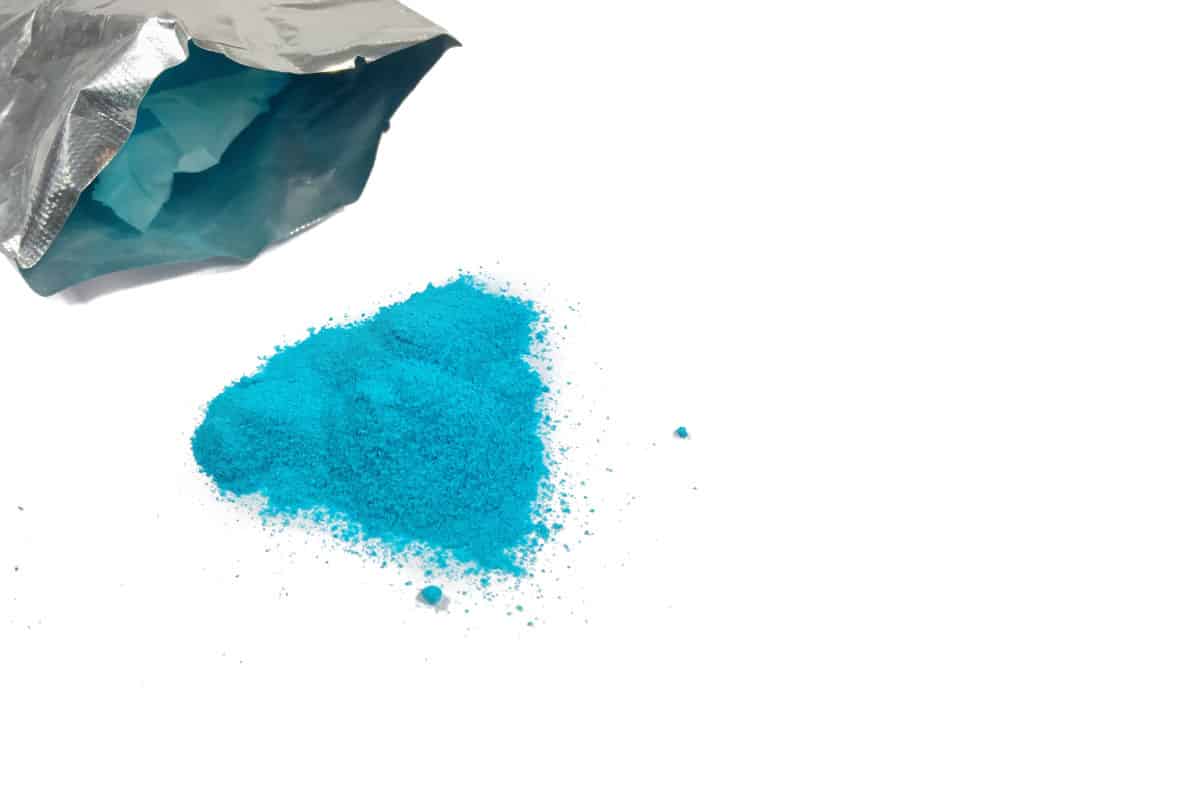
Methomyl is the active ingredient in Lannate pesticides. It is a carbamate insecticide that works by inhibiting cholinesterase. This means that it causes overstimulation of nerves and muscles, which results in paralysis and death for insects.
When you purchase Lannate, it can have different trade names. Here are its current trade names available in the market:
- DuPont Lannate
- DuPont Marlin
- Lannate-L
- Sinmas Insecticide
- Chemag Methomyl
- Farmoz Electra 225
- Macphersons Seneca
- Marlin Insecticide
- Ospray Methomyl
- Nudrin Insecticide
Is Lannate Harmful To Humans?
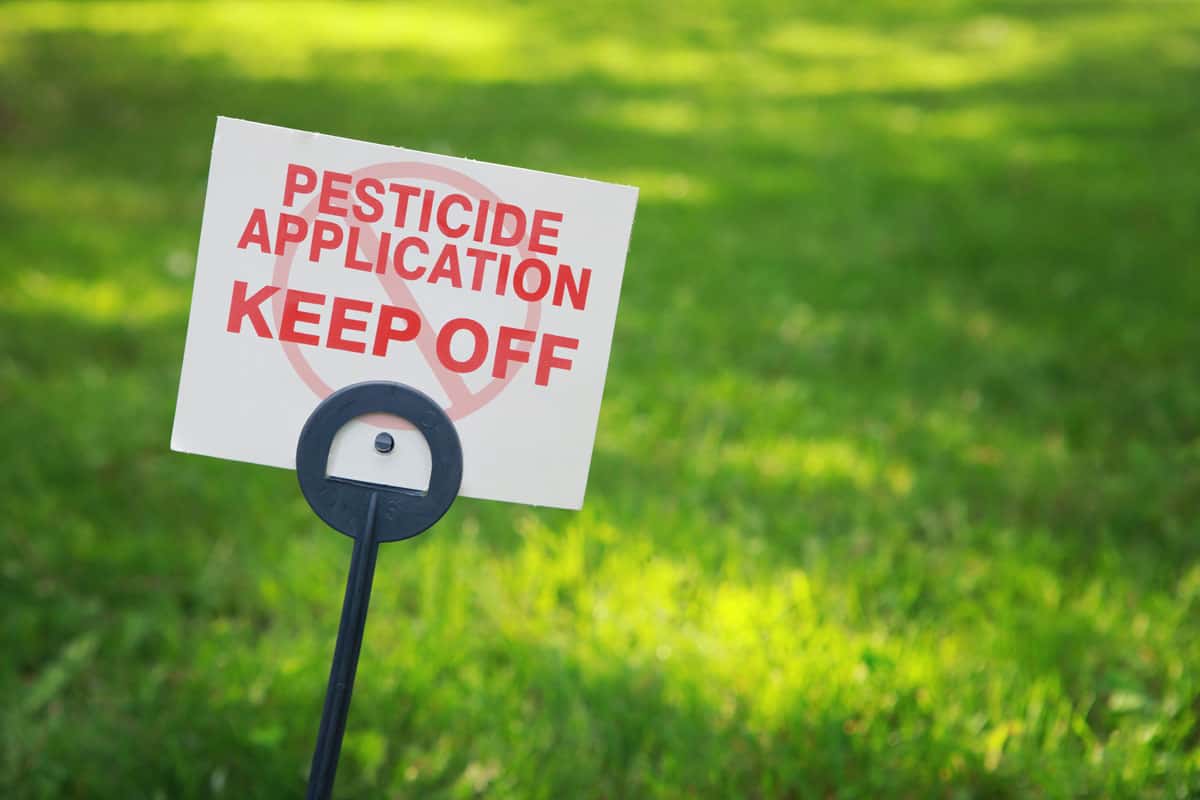
Methomyl, the active ingredient of Lannate, is highly toxic to humans when ingested orally. It is moderately toxic when inhaled, and mildly toxic with skin contact.
When ingested, it can cause nausea, vomiting, abdominal pains, and severe headaches. It can also cause respiratory distress, diarrhea, blurred vision, and weakness. During severe Lannate poisoning, a person will lose consciousness, have convulsions, and experience respiratory depression.
First Aid
In case of poisoning, preliminary first aid includes giving water and bringing the patient to an open area. Remove all clothing and equipment that was used for spraying. Call a doctor or poison control center immediately to ask for further advice on first aid. Do not induce vomiting unless advised by the doctor.
If the patient is unconscious and not breathing, call an ambulance immediately and administer artificial respiration. Atropine is the known antidote for methomyl poisoning. This should only be given with the aid, directive, and prescription of a doctor.
Environmental Hazards
If not careful, Lanante is not only harmful to humans, but also to other animals and the environment. The mixture should not be poured into bodies of water because it can kill fish and other birds and wildlife that use the water for nourishment.
Do not apply if there is a forecast of heavy rain to avoid washing off the mixture and flowing in aquatic habitats. This product can potentially contaminate surface water through spray drift or through runoff in poorly draining soils with slopes adjacent to surface water. Therefore, it is not recommended for use in frequently flooded areas.
Lannate is also highly toxic to beneficial bees, so it is advised not to use this pesticide if there are bees nearby or known to visit the area.
Wrapping Up
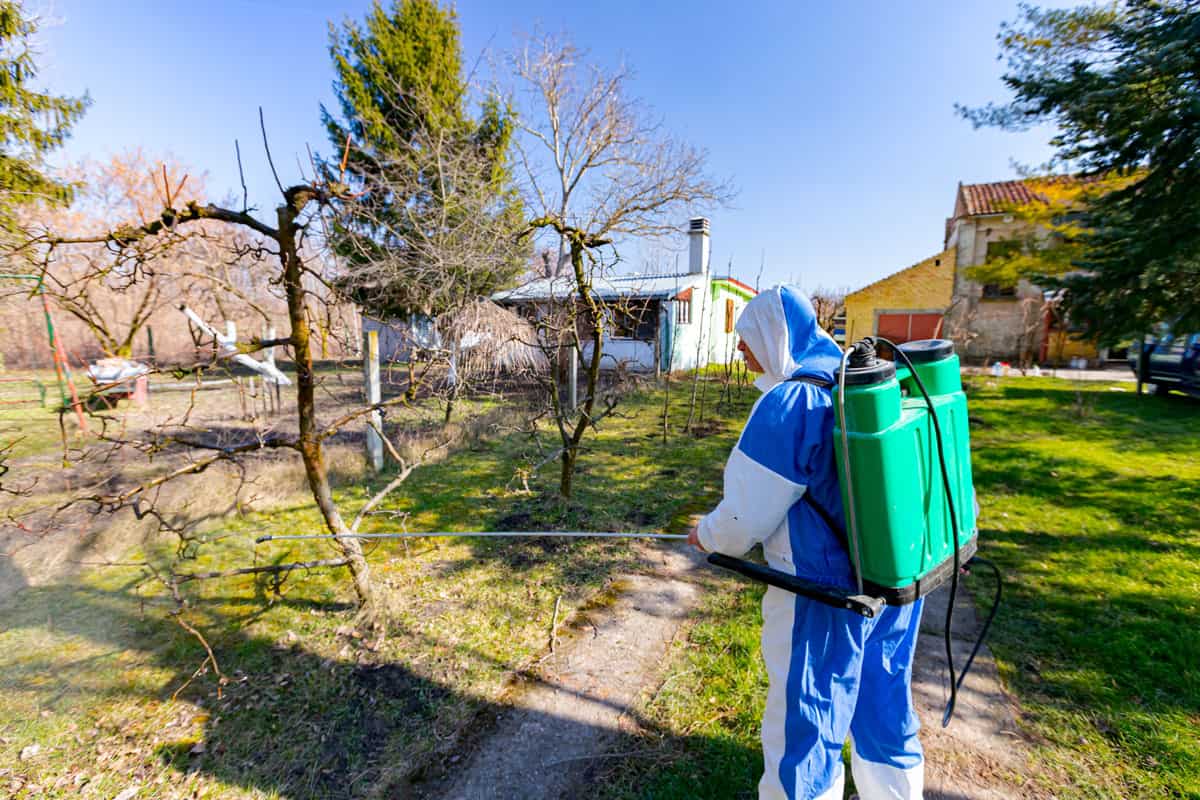
Use Lannate on a spray tank and never on a handheld spray to ensure safety. Follow the product instructions and keep safety gear on when mixing and spraying.
Thank you very much for reading through, and we hope you were able to find the information you need on Lannate in this article. For more information on pesticide applications, you can check out our other articles below.
Does Rain Wash Away Pesticides?
Do Insecticides Expire Or Have A Shelf Life?
Will Insecticide Kill Grass Or Grass Seed?
